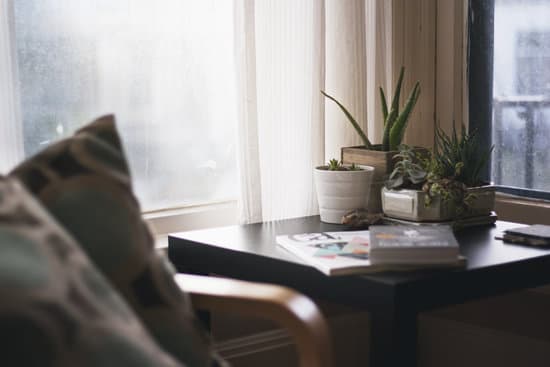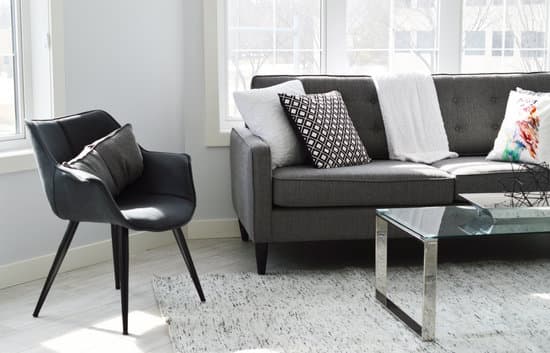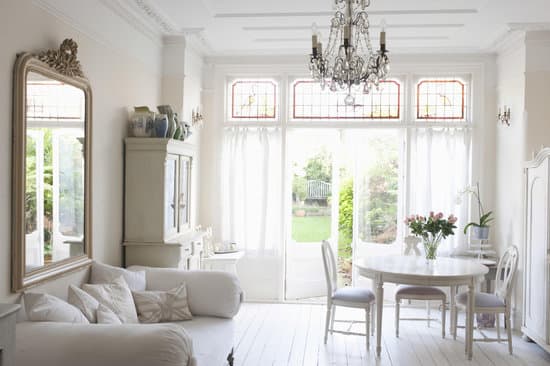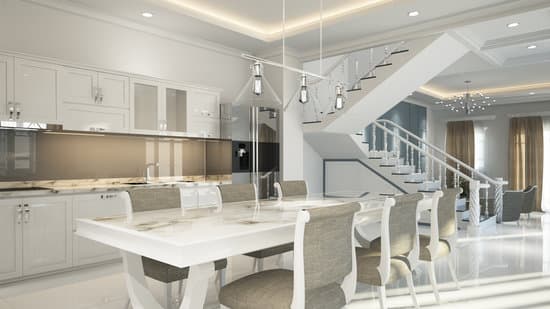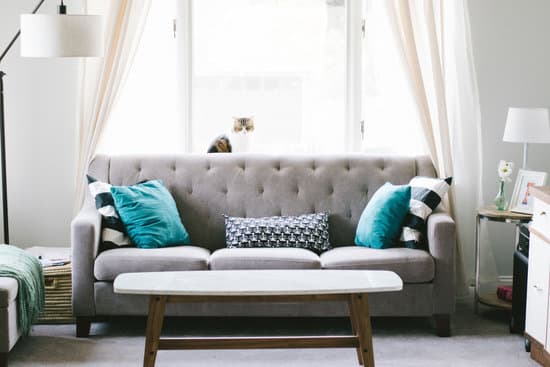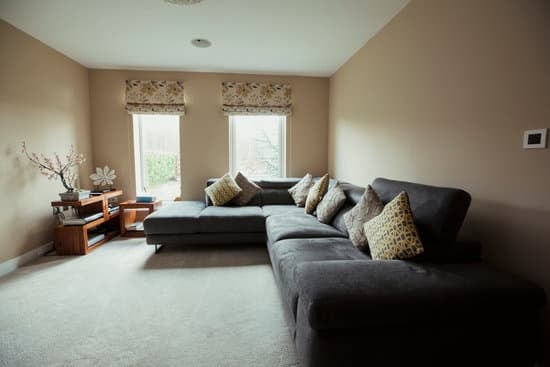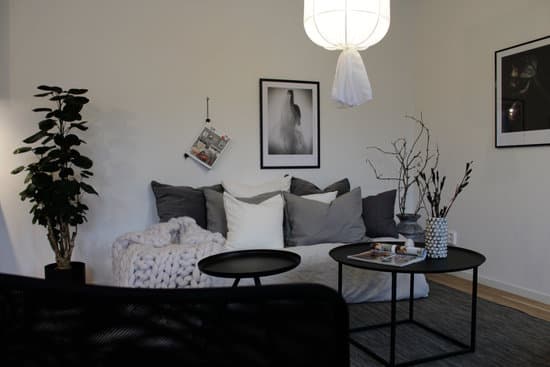The Importance of Color in Design
Color is a critical element of design and can evoke different emotions and moods in a space. Creating a harmonious color scheme is essential in achieving a cohesive and inviting atmosphere that is pleasing to the eye. Choosing the right colors is the first step in creating your ideal space, and understanding the fundamentals of color theory can help you achieve the desired effect.Understanding the Golden Ratio for Color Schemes
The golden ratio in color design involves dividing three chosen colors into specific proportions. According to design expert, Martin, the perfect ratio is 60%, 30%, 10%. Thus 60% of the room should be one hue, maybe by painting your walls or choosing larger furniture pieces, 30% of the room should be another color, while the final 10% should be an accent color. This division ensures a balance of colors in the space.How to Choose Three Colors for Your Room
Choosing the right colors for your room is crucial in establishing the mood and environment you want to create. Start by selecting a dominant color that will be the foundation of your design. Then choose a secondary color that complements the dominant hue and adds depth to the room. Finally, select an accent color that provides a pop of color and creates a focal point.Tips for Dividing Colors in Proportions
When dividing your colors into the recommended 60%, 30%, 10% ratio, it’s essential to consider the color intensity of each of the hues. It’s best to use a lighter color as the dominant hue and medium tones for the secondary color, with the accent color being the boldest and brightest. You can also achieve balance with a monochromatic color scheme, using different shades and tints of one color family.Painting Strategies to Achieve Color Balance
One of the most effective ways to incorporate your chosen colors is through paint. When painting your walls, consider using the dominant hue for a more substantial surface area, with the secondary color used in smaller areas such as accent walls or painted furniture. The accent color is best reserved for small details such as pillows, lampshades, or decorative accents. Remember: Balance is key to achieving a harmonious color scheme!Utilizing Furniture Pieces to Enhance Your Theme
Incorporating appropriate furniture pieces is another way to enhance your chosen color theme. Consider using more extensive pieces of furniture,- A statement sofa or accent chair
- A Bold area rug
- Decorative throw pillows
- Wall Art with a pop of color






